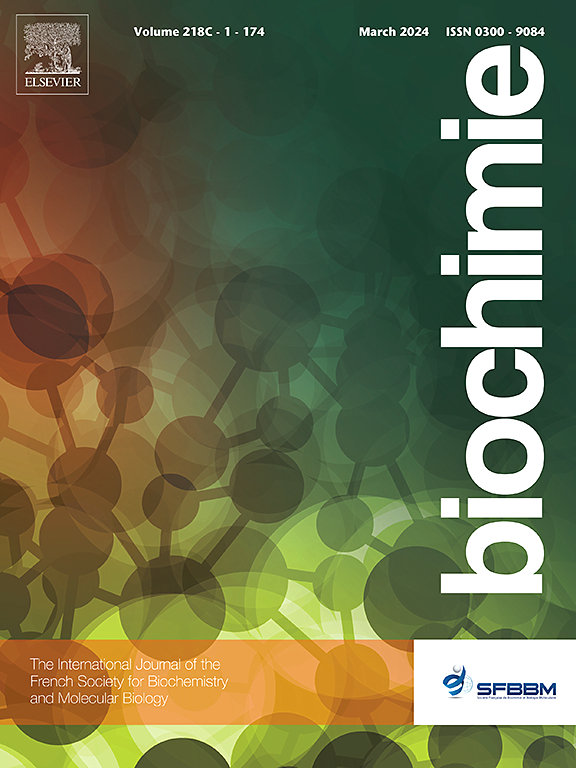细胞外基质结构介导的分子信号在伤口修复和组织再生中的作用。
IF 3
3区 生物学
Q2 BIOCHEMISTRY & MOLECULAR BIOLOGY
引用次数: 0
摘要
细胞外基质(ECM)是一种复杂的非细胞分子网络,为细胞和组织提供结构支持。ECM 由各种结构成分组成,包括胶原蛋白、纤连蛋白、层粘连蛋白、perlecan、nidogen、tenascin 和纤维蛋白,它们能够相互结合并与细胞间的粘附受体结合,使 ECM 具有独特的物理和生化特性,这些特性对于 ECM 在维持健康和控制疾病方面的功能至关重要。在过去 30 年中,大量研究表明,ECM 的核心可在分子水平上对细胞事件产生重大影响。结构修饰也与组织修复密切相关。基质蛋白通过与细胞相互作用,调节细胞增殖和分化、迁移和凋亡等关键过程,这对于维持组织的平衡、形成和再生至关重要。本综述强调 ECM 大分子的连锁网络及其在组织再生和伤口修复中的主要作用。通过对 ECM 动态的研究,研究人员发现了分子信号通路,这些通路展示了 ECM 如何影响蛋白质模式,并为开发针对 ECM 的疗法提供了更多可能性,从而促进伤口修复和组织再生。本文章由计算机程序翻译,如有差异,请以英文原文为准。
Structural extracellular matrix-mediated molecular signaling in wound repair and tissue regeneration
The extracellular matrix (ECM) is a complex, non-cellular network of molecules that offers structural support for cells and tissues. The ECM is composed of various structural components, including collagen, fibronectin, laminin, perlecan, nidogen, tenascin, and fibulin, which are capable of binding to each other and to cell-to-adhesion receptors, endowing the ECM with unique physical and biochemical properties that are essential for its function in maintaining health and managing disease. Over the past three decades, extensive research has shown that the core of the ECM can significantly impact cellular events at the molecular level. Structural modifications have also been strongly associated with tissue repair. Through interactions with cells, matrix proteins regulate critical processes such as cell proliferation and differentiation, migration, and apoptosis, essential for maintaining tissue homeostasis, formation, and regeneration. This review emphasizes the interlocking networks of ECM macromolecules and their primary roles in tissue regeneration and wound repair. Through studying ECM dynamics, researchers have discovered molecular signaling pathways that demonstrate how the ECM influences protein patterns and open up more possibilities for developing therapeutics that target the ECM to enhance wound repair and tissue regeneration.
求助全文
通过发布文献求助,成功后即可免费获取论文全文。
去求助
来源期刊

Biochimie
生物-生化与分子生物学
CiteScore
7.20
自引率
2.60%
发文量
219
审稿时长
40 days
期刊介绍:
Biochimie publishes original research articles, short communications, review articles, graphical reviews, mini-reviews, and hypotheses in the broad areas of biology, including biochemistry, enzymology, molecular and cell biology, metabolic regulation, genetics, immunology, microbiology, structural biology, genomics, proteomics, and molecular mechanisms of disease. Biochimie publishes exclusively in English.
Articles are subject to peer review, and must satisfy the requirements of originality, high scientific integrity and general interest to a broad range of readers. Submissions that are judged to be of sound scientific and technical quality but do not fully satisfy the requirements for publication in Biochimie may benefit from a transfer service to a more suitable journal within the same subject area.
 求助内容:
求助内容: 应助结果提醒方式:
应助结果提醒方式:


